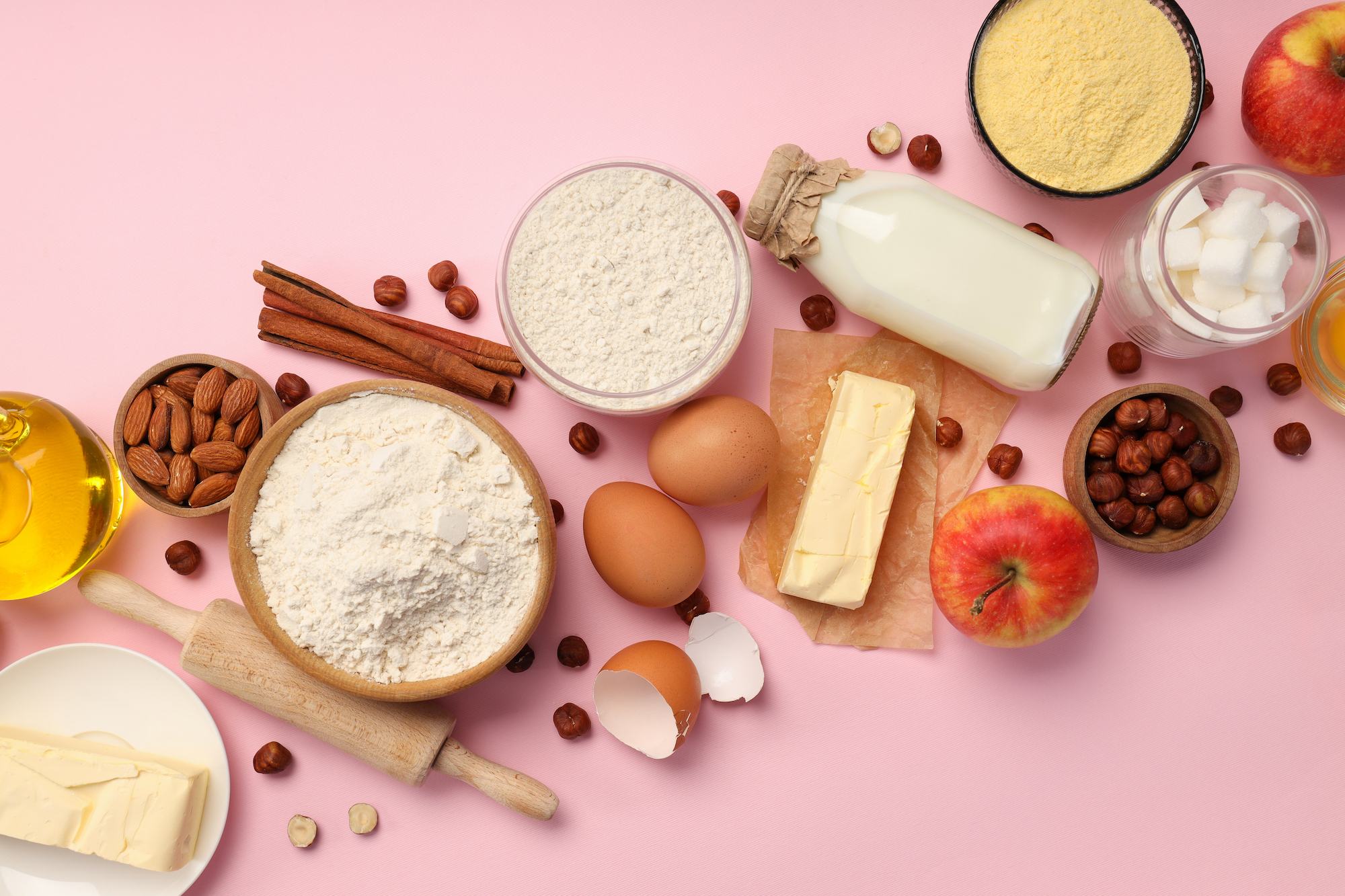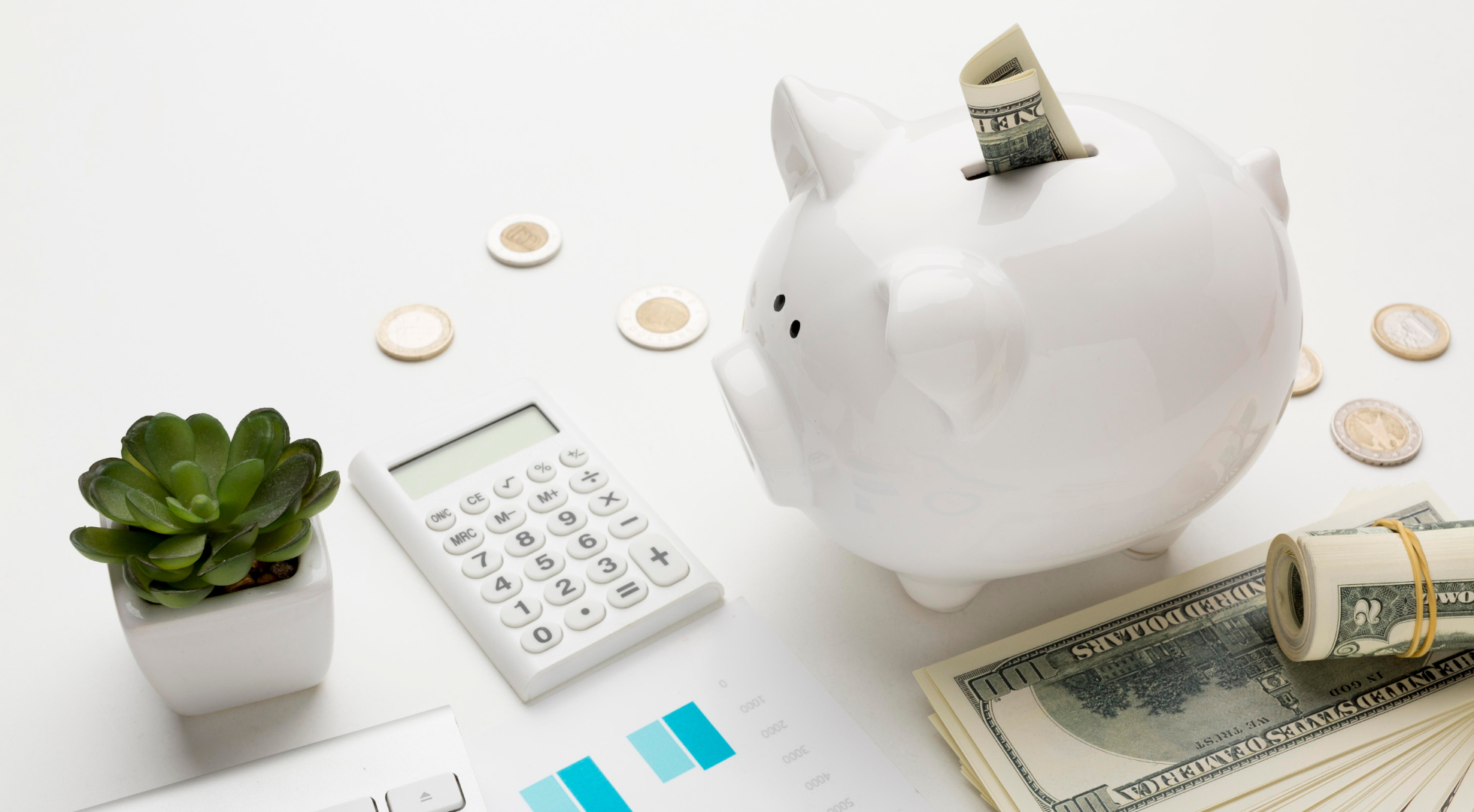How much should I charge for a cake?
Pricing is one of the top issues in running any type of business. Set the price too low, and you could go out of business because you don't have enough money to cover your expenses. If you set your price too high, then you could go out of business because you don't have enough sales pricing for sure is a tricky little beast.
However, just like with most things in business, pricing is all about having the right formula. “Cover your costs then add a profit!” That's literally it when it comes to pricing, but the issue most people have is understanding their cost. So in this post, we're gonna chat about what to include when it comes to setting a price for your products.
5 Items to include when calculating your cost:
- Labor
- Ingredients
- Supplies & Packaging
- Specialty Fees
- Overhead
Over the years I've worked with food business owners from all stages in their business journeys. I've discovered that there are two main issues when it comes to pricing in this industry. First, the math, either folks don't know how to calculate their cost, or they don't take the time to calculate their cost. This is a problem because cost is the foundation of your price. If you don't know your cost, then you won't know how much more you'll need to charge in order to set a price and earn a profit.
The second issue when it comes to pricing is fear and more specifically a fear of hearing, “no”, or “that's too high” from a potential customer. Honestly, I can guarantee you that the quickest way to get over that fear is to build a better understanding of your cost. For example, if you sell t-shirts and you know that the shirt costs you a total of $5 to produce and someone offers to pay you $3 for the shirt, you would feel confident in telling them “no”, right?
That's because you know that by selling the shirt for $3, you will be losing $2. The whole point of selling the shirt is that you can make money, not lose money. So in the same way, I truly believe that once you fully understand that it cost you $25 to make a cake, you will never be okay with selling it for less than $25 ever again.
Since cost is the foundation of your price, what exactly goes into that number? Although we have a more detailed and longer training on this site to help answer this question. For the sake of time, I'm going to share five categories of items to include when calculating your cost. This article will provide a super high level. So, I'd encourage you to check out the full training here on the website when you have a bit more time.


#1 Labor
Charge for your time! It feels kind of backwards for me to be talking about labor before I talk about the ingredients, the supplies and everything else. However, I really want to emphasize just how important it is to charge for your time! If you think about it, time is the absolute most valuable resource because once time is spent, you can't get it back.
Let's be real. You wouldn't work for free at your corporate job, right? So why would you work for free in your own business? I've seen folks do quick math in this industry and say, well, the box of cake mix is $2. The icing and packaging costs $5. So it only costs me $7 to make 24 cupcakes from one box. So if I sell them for $12, a dozen also known as a dollar per cupcake, then I'm making bank! Then, pile on what it feels like to have a flash sale and make a few hundred dollars at one time selling cupcakes for a dollar, then you can really feel good about yourself, right? Wrong. If you don't include your labor in this quick math, then you've already messed up.
So let's go back $2 for cake mix, $5 for icing and packing. Then it takes you two hours to prep, bake, package, and clean. If you charge $15 an hour, then your cost would actually be $37 for two dozen cupcakes, which is the same as $18.50 per dozen or $1.54 per cupcake.
If you're selling those same cupcakes for $1. Then that means you are losing $0.54 for every cupcake that you sell. However, it doesn't feel that way when PayPal is ringing off the hook that weekend because of your flash sale. This is actually a really great illustration of how tricky and deceptive this business can be.
If you don't pay attention to the numbers and do the math, you can easily be fooled into thinking that because you're getting orders, you're making money. Then finally, at the end of a long weekend of filling orders, you find yourself exhausted and wondering why you feel overworked and underpaid. That's because when you don't charge appropriately for your labor you are automatically being underpaid.
To fix this issue, I want you to start keeping track of your time. Just like you would on an hourly job. Create a timesheet. If you have to monitor how long it takes you to do certain tasks from start to finish, then establish a monetary rate for each task.
If you're new to the craft. Charge minimum wage or maybe a few dollars over if you've been doing cakes for a while. If you're pretty quick, charge a little bit more. Just like on a regular nine to five, more senior team members will get paid more because of their experience and because they may be more efficient at a job while newer folks get paid less because it takes them longer to do certain tasks. In the same way, as you gain more experience and get better at certain tasks, you should increase your rates over time.
#2 Ingredients
Calculating the cost of ingredients will be the most mathy part of calculating your cost. First, you're gonna start with the ingredients involved in your recipe. Second, you're gonna break down the cost of each amount in the recipe. When it comes to whole items like whole eggs and whole boxes of ingredients, this part isn't so bad.
If a carton of one dozen eggs costs $2 (thanks to algebra), we know that to find the cost of one egg you’ll divide $2 by the number of eggs, which is 12. From that, you’ll discovered that one egg costs $0.17 when we round up. The tricky part is when we have a cup of milk in a recipe, but you purchased a gallon of milk from the store.
Without going too deep into the math part, because I want to keep this (already lengthy) article short, you'll need to find out how many cups are in one gallon of milk. I can tell you that there are 16 cups and one gallon. So if you spend $2 on a gallon of milk and your recipe calls for one cup, you'll divide $2 by 16 cups. From that calculation, you'll find that one cup equals $0.13.
You'll do the same process for every ingredient in your recipe. Eventually, you’ll add up the full list. I can't stress enough how much you should join me in the Pricing Training here on the site. It will help you tremendously with the math part of the ingredient costing process. Once you've itemized your full list of ingredients in the recipe, then you're gonna move on to category number three.

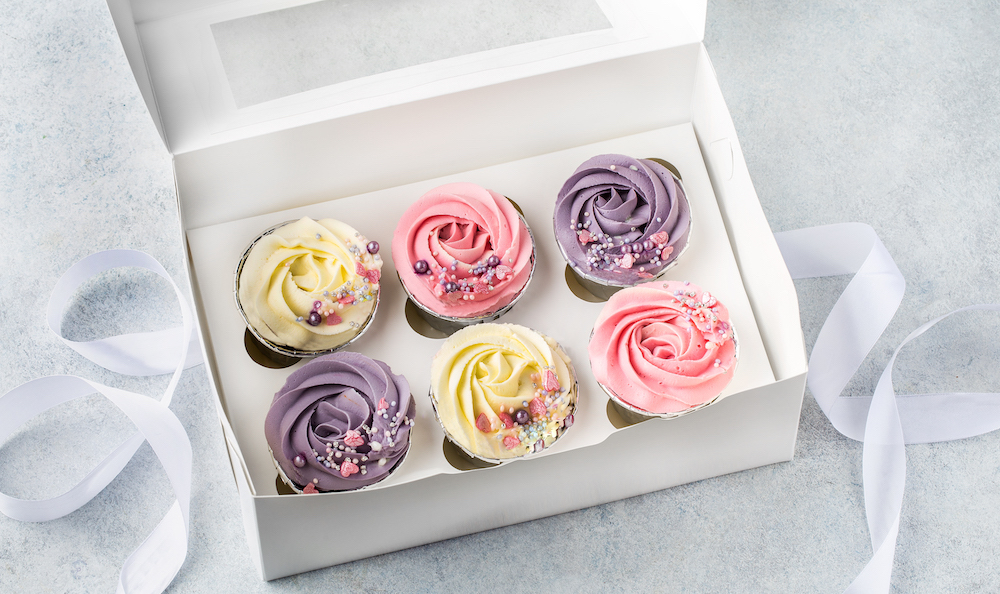
#3 Supplies & Packaging
The cost of your supplies and packaging should be pretty straightforward, especially if you buy your supplies online.
You're going to do the same math as when you itemized your ingredients, divide the amount that you spent on the supplies, including the cost of shipping by the number of items you've actually used when creating the product.
Once you figure out the total cost of supplies for that order, add that to the cost of your ingredients.
#4 Specialty Fees
When it comes to specialty fees, you can either choose to include them in the price of your items or break them out for your customer. Examples of specialty fees include: delivery charges, rush fees, tasting fees, upcharges for toppers and other customized embellishments.
It's really up to you on how you want to handle these items, but my philosophy is that if it costs you it should cost your customer. I know plenty of people who don't charge for their tastings and others who do. I know folks who charge for their delivery and others who say they don't charge. They add it into the cost and include it in the price, but then they don't tell their customers.
It's really up to you. My recommendation is that you make sure that you don't forget these details when it comes to understanding your cost and setting your price.
#5 Overhead
There will always be general costs when it comes to running a business. The costs that can't be tied to one specific order or one specific product are called overhead costs.
This is the cost of your rent. If you have a storefront or work out of your home office that you lease. The cost of your electricity for running your oven, mixer and microwave, and the cost of items such as insurance and licenses.
Basically your overhead is the extra business-y costs that exist simply because you run a business. There are so many ways to cover the cost of your overhead. You can include it as a flat fee and lump it into the price of each product, or you can set up a price for your products using just your ingredients, supplies, and then take the overhead out of your profits. There's really no one or right way to do it.
The bottom line is that you need to understand your overhead costs so that you can make the best decisions for your business, such as setting sales goals, knowing when you have enough extra money to reinvest and upgrade equipment or hire more help.
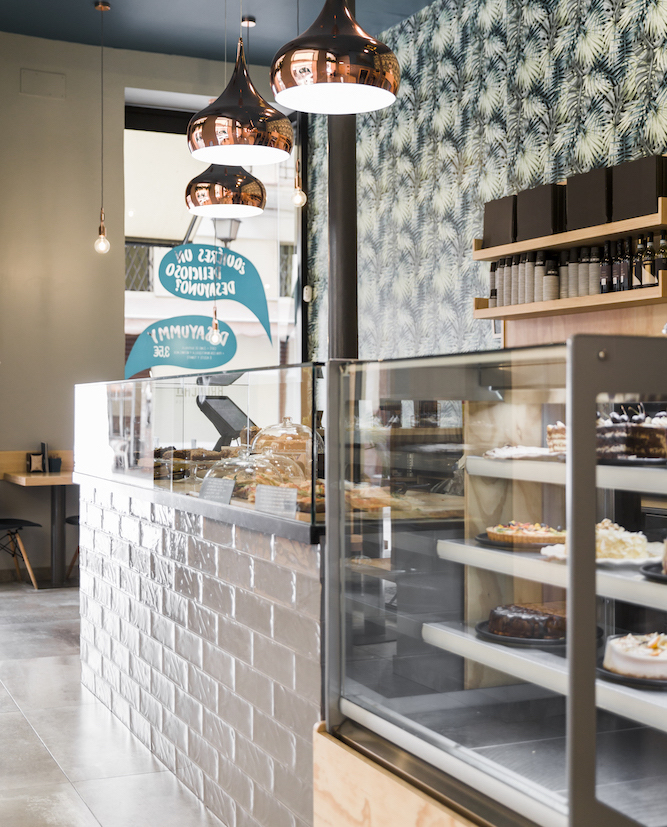
In conclusion...
Well, Sweet Friend, I've said a ton and there's so much more I could say, but I'm not going to overwhelm you any more than you probably already are. Hopefully, you will join me in one of our pricing classes on the website. Just tap one of the pink buttons on this page to get more information about classes.
Also, make sure to join my mailing list! I wasn't able to cover everything in this short timeframe, but I'm definitely here to help as much as I can. I plan to continue sharing pricing help in the future, and if you’re on my mailing list I can make sure to keep you updated.
Need more foodie business support?
Check out these resources.
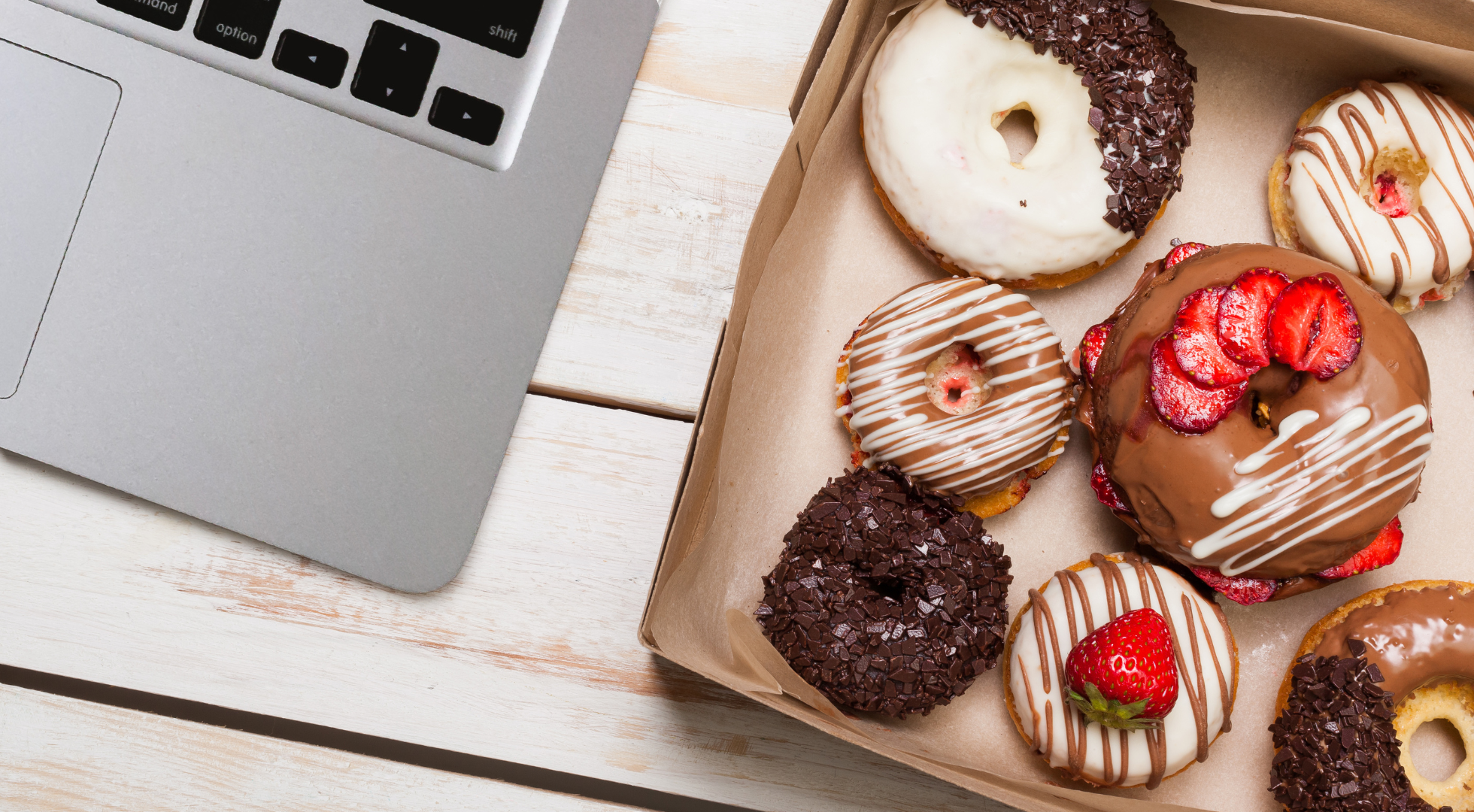
Learn to grow a foodie business! Become an SCA Member.
Discover the Sugar Coin Academy. Business trainings and guidance for food & beverage entrepreneurs.
